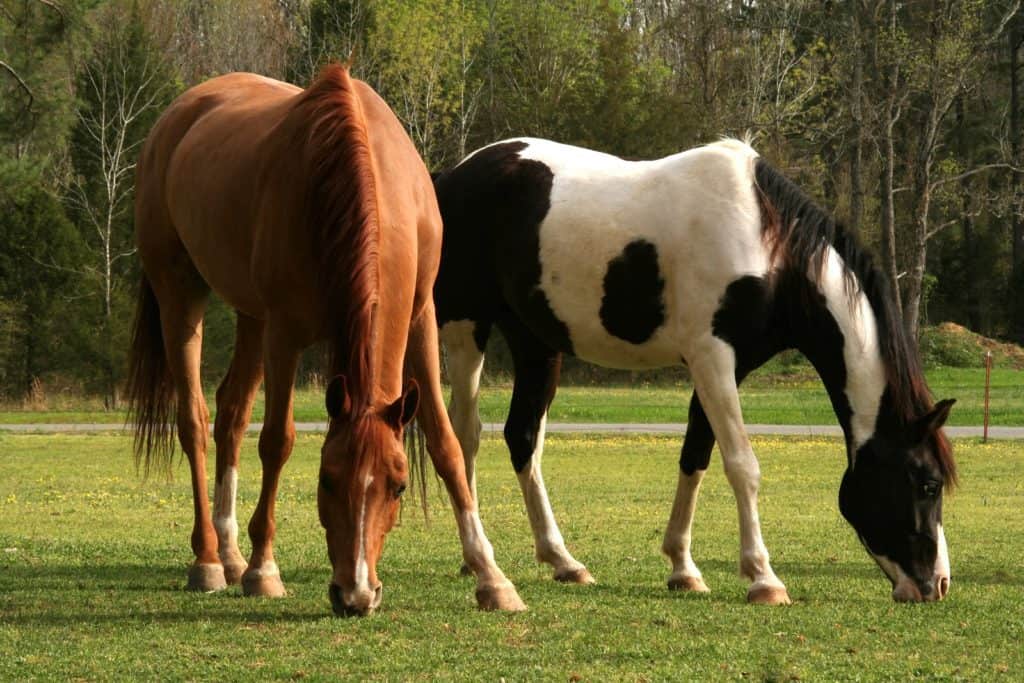
Foal Sex, Gestation Length Heritable Through Mare Bloodlines
This marks the first time such a connection has been made in any mammalian species.

This marks the first time such a connection has been made in any mammalian species.

Recent study results reveal why the dun pattern does not appear in many domestic horses.
Researchers recently diagnosed the first homozygous case of Warmblood fragile foal syndrome (WFFS), a genetic disorder.

This finding is the first molecular characterization of resistance to three classes of antibiotics in R. equi.

Researchers observed a negative bias of block-colored and spotted horses, which could impact subjective evaluations.
Lecture topics will include mare, stallion, and foal care; navicular syndrome; the digestive tract; and more.
Rutgers and University of Minnesota researchers are studying genetic factors underlying musculoskeletal diseases.

Researchers say the ‘Gait Keeper’ gene appears to be responsible for trotters’ success in harness racing.

The Hippolia Foundation unites equine research groups for better progress, improved funding opportunities, and more.

A particular variant within the HMGA2 gene appears to be related to height determination, scientists determined.

Infertile mare? Deceased stallion? No problem! Equine reproduction is now high-tech enough to overcome these hurdles.

Genetic testing reveals differences in an individual’s DNA that result in traits from coat color to muscle function.

Find out what the equine genome can tell us about our horses and preventing genetic disease.

An equine behavior expert addresses contradictory characteristics between foals out of one mare born different years.

A horse’s coat color genetics are important not just for aesthetic reasons; they can also have health implications.

Researchers identified specific genes that distinguish racing-type Quarter Horses from cutting-type Quarter Horses.
Stay on top of the most recent Horse Health news with
"*" indicates required fields